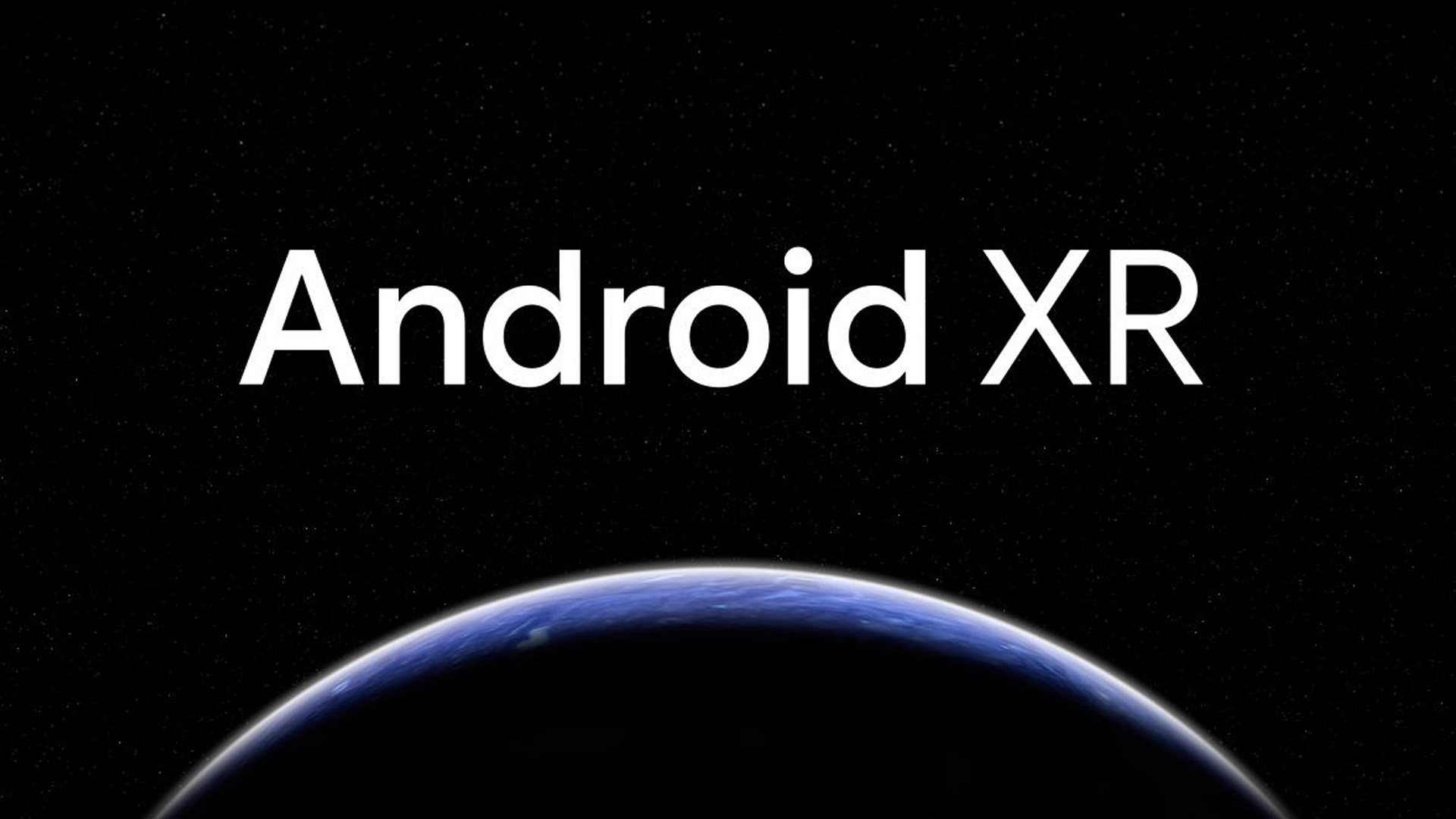Prototype Smart Glasses Featuring Built-in Display and Gemini Integration Unveiled by Google

Google Unveils Prototype Smart Glasses with AI Features
During a recent TED Talk, executives from Google showcased a new prototype of smart glasses that incorporates advanced artificial intelligence (AI) technology, particularly featuring an integrated display and Gemini functionality.
The Innovative Smart Glasses
These smart glasses are designed to blend functionality with cutting-edge AI capabilities. Unlike traditional smart eyewear, Google’s prototype includes a mini display that can provide information in real time. This innovative approach aims to enhance user interaction with their environment and improve the usability of smart technology in everyday life.
Key Features of the Smart Glasses
Here are some notable attributes of the prototype smart glasses presented by Google:
- Integrated Mini Display: The glasses feature a compact screen that can show various types of information, including notifications, navigation instructions, and other contextual data directly in the user’s line of sight.
- AI Integration: The inclusion of Google’s Gemini AI allows the glasses to process information and deliver insights based on user preferences and surrounding contexts. This makes the interaction smoother and more intuitive.
- Voice Commands: Users can operate the glasses using voice commands, making it easier to access features while on the go.
- Lightweight Design: The glasses are designed to be comfortable for daily wear, making them practical for prolonged use throughout the day.
The Role of Artificial Intelligence
AI technology is central to the functionality of these smart glasses. The Gemini integration enables the device to perform various tasks and provide timely information based on user interactions. The AI can learn from user behavior and adapt its responses, enhancing the user experience over time.
Potential Applications of AI in Smart Glasses
- Navigation: Users can receive turn-by-turn directions visually displayed on the glasses while navigating their surroundings without having to check their phones.
- Augmented Reality (AR): The glasses could overlay useful information on the user’s view, enhancing activities such as shopping, tourism, or education.
- Product Information: While in-store, users could scan items with the glasses to instantly receive more details or reviews about specific products.
- Real-Time Translations: The glasses could potentially provide subtitles for conversations in different languages, facilitating communication in multilingual environments.
Implications for the Future
These prototype smart glasses represent a significant step forward in wearable technology, merging the physical world with digital information. They hold promise for various industries, from healthcare to retail, by providing hands-free access to critical data and improving productivity.
As Google continues to develop this technology, users can expect improvements in functionality and design that could reshape how we interact with both technology and our environment.
Both enthusiasts of technology and potential users will be eager to see how these innovations evolve and what further applications they may have in daily life. With AI at the core, these smart glasses might set a new standard for the future of wearable devices.





